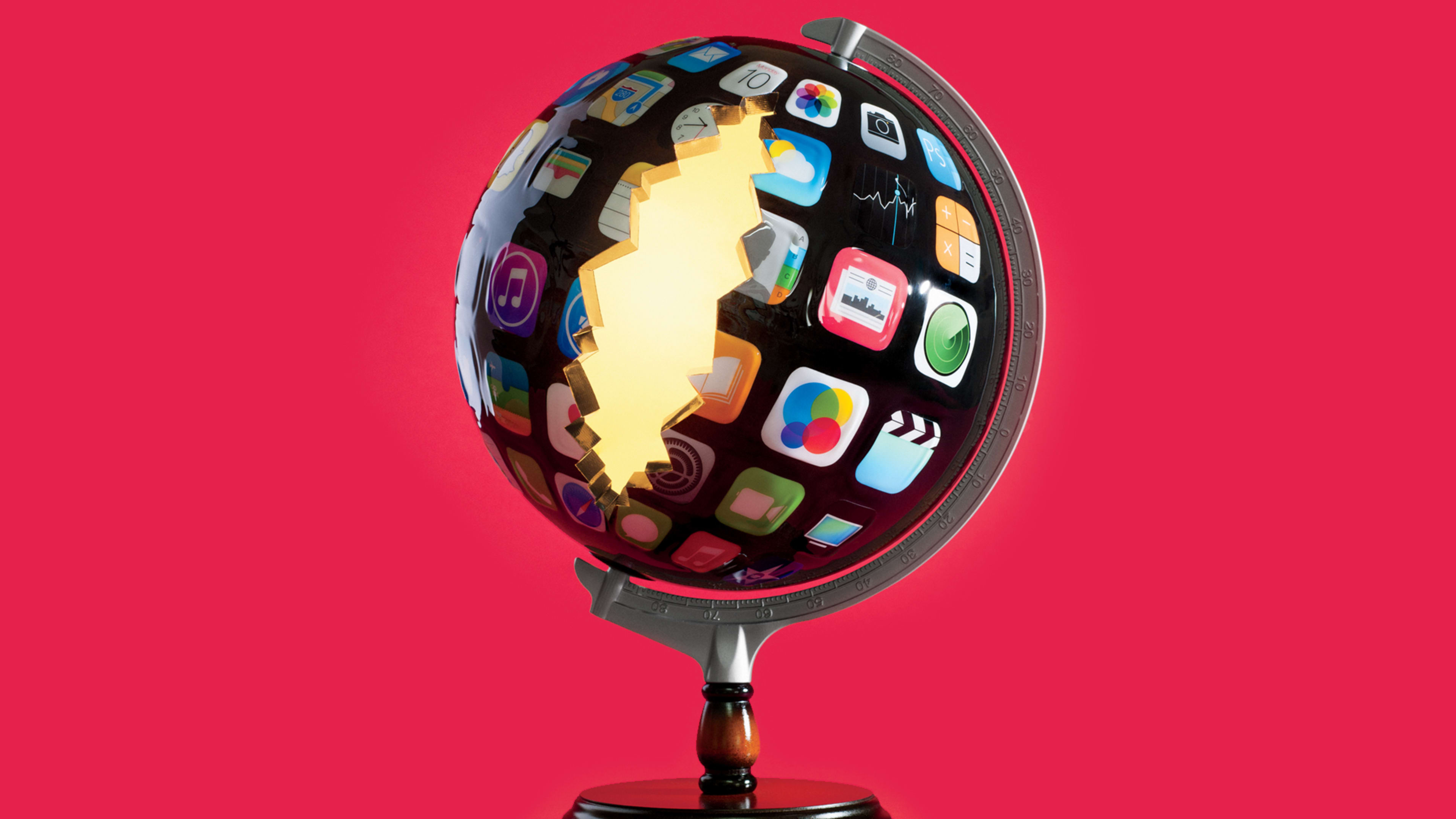According to Andy Rubin, the modern mobile ecosystem is broken. He should know: He helped break it.
When Rubin, the inventor of the Android operating system and godfather of the smartphone market, surveys the industry today, he sees squandered opportunities everywhere. The open-source platform he brought to the masses while at Google, which commands roughly 85% of the market, is overwhelmed with “bad user experiences,” he says. Devices from makers such as LG and Huawei are uninspired. Samsung has been too often content with fast following: “Who at Samsung is responsible for your device’s look and UI? It’s a nameless, faceless machine.” And Apple? “They used to have Steve [Jobs], but now Jony [Ive] is like a disembodied voice that occasionally comes on stage [at events]. The world’s biggest and most successful company doesn’t have a human side to it,” Rubin argues. “The incumbents have lost track of why they exist, why they’re building products, and what they mean in people’s lives.”
From consumers and tech insiders, you hear similar complaints: Why can’t new mobile devices deliver the excitement they once did? The breathtaking leaps? The culture-shifting impact? Instead we’ve settled into a schedule of incremental rollouts. In the U.S., the market is dominated by duopolies—Apple and Samsung in hardware, and iOS and Android (which account for all but 0.4% of smartphone sales) in platform. And then there are the four big carriers, lording over retail distribution channels with their outsize marketing budgets and multiyear contracts. These dynamics have stifled innovation, critics say, with the giants focused on holding their leads and other makers churning out cheap devices to avoid becoming rounding errors. This is why early adopters often have to hunt for devices from lesser-known companies to experience the latest specs. And why American consumers have had to wait until last week to see an edge-to-edge screen on an Apple phone, nearly a year after such displays began showing up in the Chinese market.
One of the biggest challenges for device makers in the U.S. is scale. When you’re expected to sell hundreds of millions of units, your appetite for taking hardware risks changes substantially, says Tony Fadell, who helped pioneer the iPod and iPhone at Apple and went on to found Nest. “[The Apples and Samsungs] have to innovate more cautiously,” Fadell says, “because they don’t want to lose market share or trip up their revenue, which can be disastrous, as we saw when Samsung fouled up.” There’s simply less urgency to innovate at the top: According to one report, Apple swallowed up 104% of all smartphone profits one quarter last year (a figure made technically possible by its competitors’ losses).
Recognize your brand’s excellence by applying to this year’s Brands That Matter Awards before the early-rate deadline, May 3.
